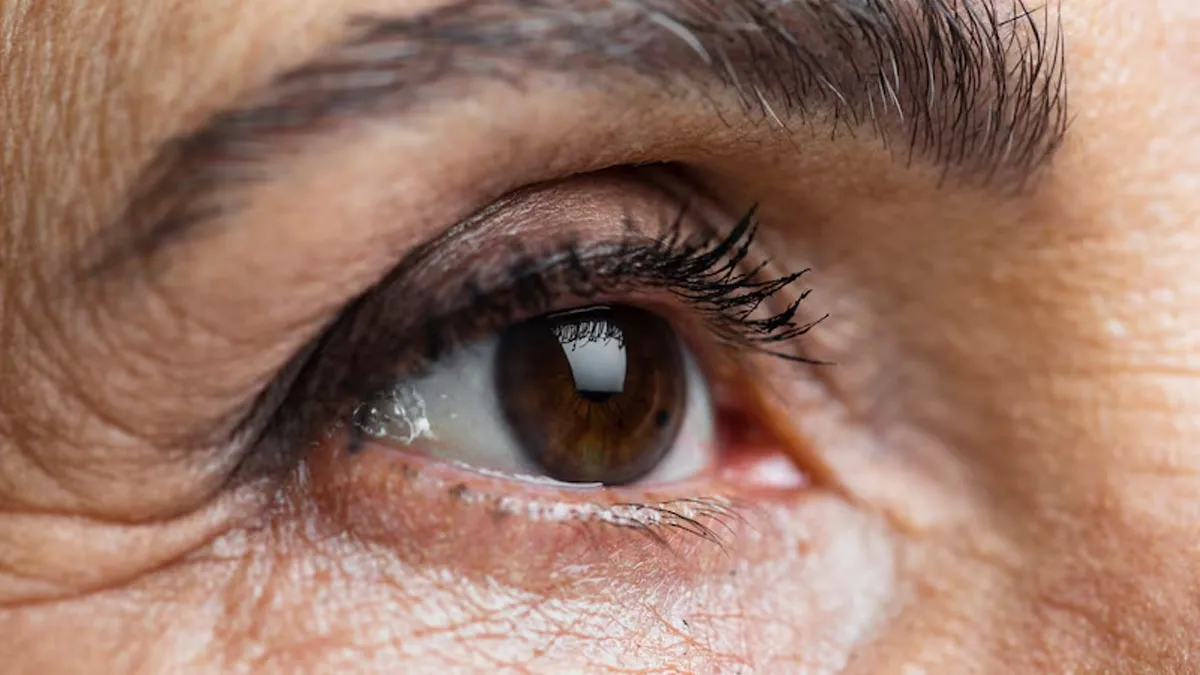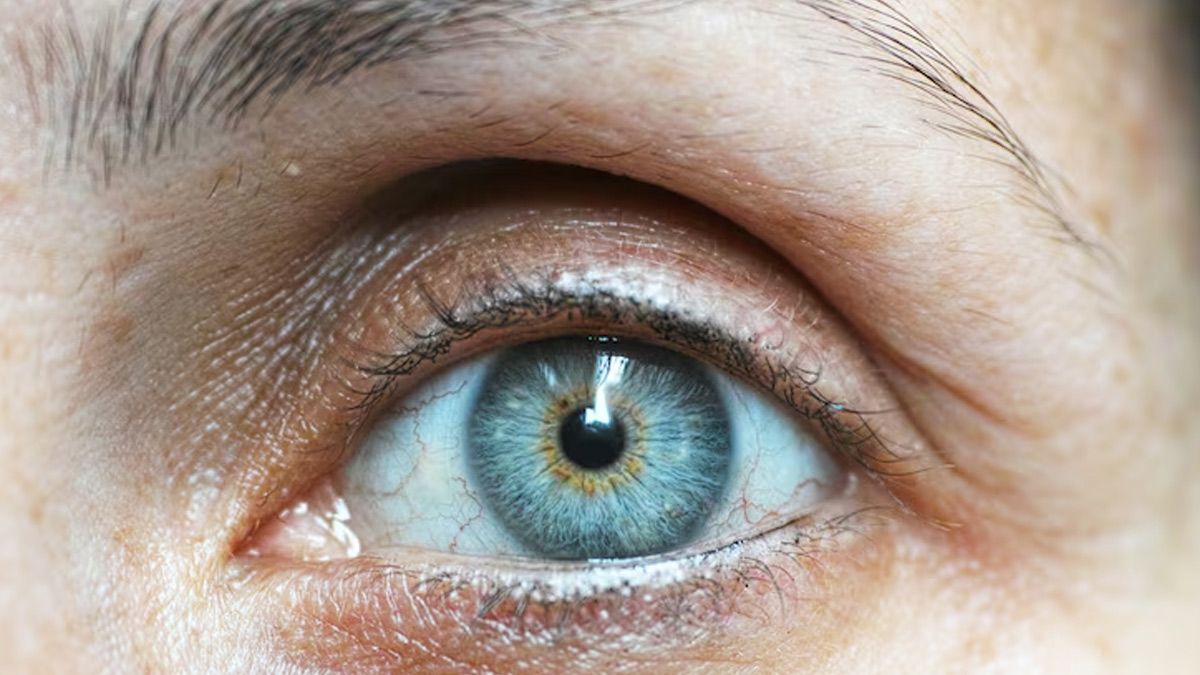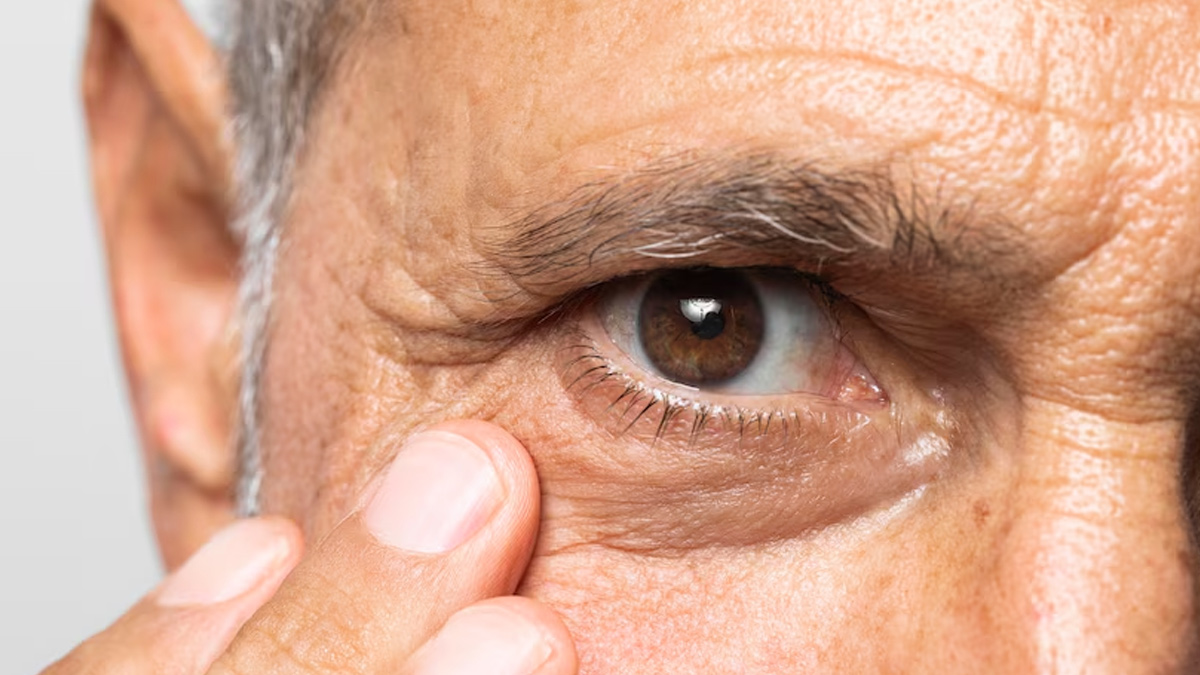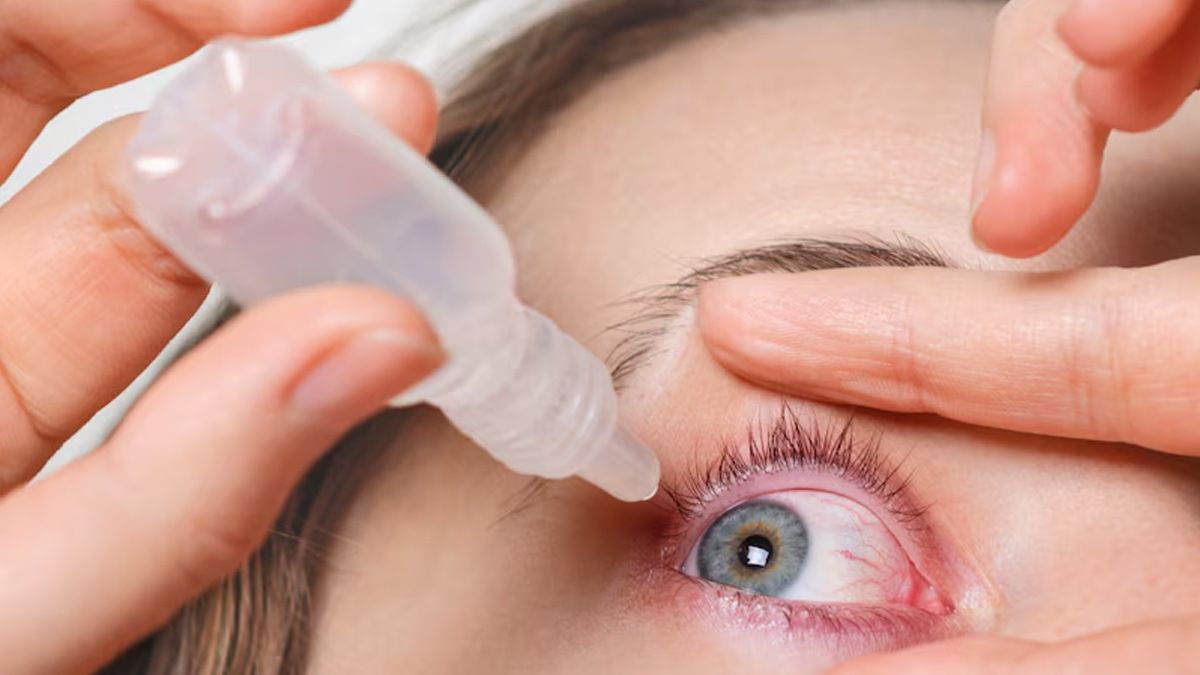
Our eyes are our windows to the world, allowing us to experience life in all its beauty and complexity. Yet, they are often taken for granted until problems arise. Ocular diseases, ranging from glaucoma to infections, can creep in silently, with little to no warning, and can lead to irreversible vision loss if not detected early. However, many eye conditions can be managed effectively with timely intervention.
Table of Content:-
To understand more about these infections and how to manage them, OnlyMyHealth team interacted with Dr Radhika Paranjpe, Associate Professor, Department of Ophthalmology, Dr D Y Patil Medical College, Pimpri, Pune. She stresses the importance of awareness, stating, “Our eyes are one of the most important sensory organs, allowing us to perceive the world around us. However, ocular diseases can compromise our vision, sometimes irreversibly, if not detected and treated early. From glaucoma to infections, knowing the early warning signs of eye diseases is crucial for timely intervention and prevention of vision loss.”
Recognising the early signs of eye diseases and seeking prompt medical attention can make all the difference in preserving your vision. Let’s take a closer look at the common ocular conditions, their warning signs, and how you can protect your eyesight.
Glaucoma

According to the American Academy of Ophthalmology, glaucoma is a group of eye conditions that damage the optic nerve, often due to increased intraocular pressure. It progresses silently and may not present noticeable symptoms in the early stages. However, as the disease advances, some warning signs include:
- Gradual loss of peripheral vision
- Blurred vision
- Seeing halos around lights
- Eye pain or redness (in acute cases)
Routine eye check-ups are vital to detecting glaucoma early, as irreversible damage can occur before symptoms appear. Dr Paranjpe warns, “Glaucoma often progresses without symptoms in its early stages, making regular screenings essential for early detection and management.”
Cataracts
Cataracts cause the eye’s lens to become cloudy, leading to progressive vision impairment. Common symptoms include:
- Blurry or cloudy vision
- Difficulty seeing at night
- Increased sensitivity to light and glare
- Fading or yellowing of colours
- Double vision in one eye
Cataracts develop gradually and, fortunately, can be treated effectively with surgery. Dr Paranjpe notes, “Cataracts are a leading cause of vision impairment, but with timely surgical intervention, clear vision can be restored.”
Also read: Can Pollution Increase Cataract Risk? Ophthalmologist Explains
Age-Related Macular Degeneration (AMD)

AMD affects the macula, the central part of the retina responsible for sharp vision. Symptoms may include:
- Blurred or distorted central vision
- Difficulty recognising faces
- Dark or empty spots in vision
- Decreased brightness of colours
Early detection through retinal screening can help manage the condition and slow its progression. Dr Paranjpe advises, “Regular retinal examinations are crucial, especially for individuals over the age of 50, to detect AMD at an early stage.”
Diabetic Retinopathy
Diabetic retinopathy occurs when high blood sugar levels damage the blood vessels in the retina. Warning signs to watch for include:
- Fluctuating vision
- Dark spots or floaters
- Blurred or distorted vision
- Poor night vision
Managing diabetes and undergoing regular eye exams can help prevent severe vision loss. Dr Paranjpe highlights, “Diabetic retinopathy is a preventable condition with good blood sugar control and regular eye check-ups.”
Also read: Doctor Explains The Role Of High Blood Pressure And Diabetes In Eye Diseases
Ocular Infections

Eye infections, whether bacterial, viral, or fungal, can lead to significant discomfort and potential vision complications. Common signs include:
- Redness and swelling
- Eye discharge or excessive tearing
- Pain or itching
- Light sensitivity
- Blurred vision
Prompt treatment is essential to prevent complications such as corneal ulcers or permanent damage. “Ignoring symptoms of eye infections can lead to serious complications, so early medical intervention is key,” warns Dr Paranjpe.
Preventing Ocular Diseases

While some eye conditions are age-related or hereditary, lifestyle choices play a crucial role in maintaining eye health. Dr Paranjpe suggests the following preventive measures:
- Undergo regular comprehensive eye exams
- Maintain a healthy diet rich in vitamins A, C, and E
- Manage systemic conditions such as diabetes and hypertension
- Wear UV-protective sunglasses
- Practice good hygiene, especially for contact lens users
Conclusion
Early detection and timely intervention are essential in managing ocular diseases effectively. Being vigilant about symptoms, attending regular eye examinations, and leading a healthy lifestyle can help preserve vision and prevent blindness. Dr Paranjpe concludes, “Your vision is invaluable; protect it by staying informed and proactive about your eye health. If you experience any warning signs, consult an eye care professional immediately.”
Protecting your eyesight requires a combination of awareness, preventive care, and professional guidance. Stay alert to the early signs of ocular diseases to ensure lifelong visual health.
Also watch this video
How we keep this article up to date:
We work with experts and keep a close eye on the latest in health and wellness. Whenever there is a new research or helpful information, we update our articles with accurate and useful advice.
Current Version